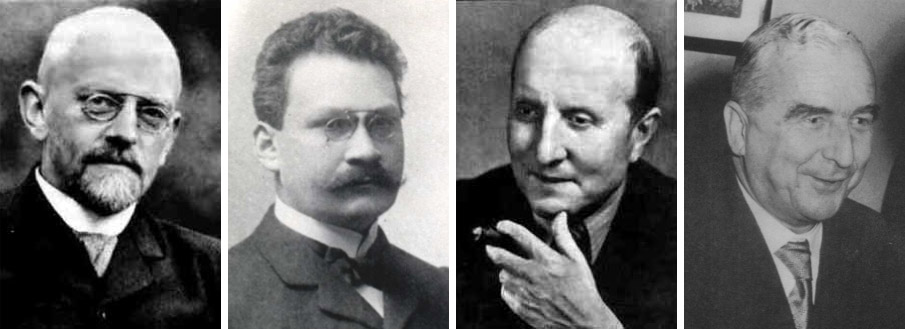

Very recently, the Gielis curves of dimension 2 and the Gielis (hyper)surfaces for dimension 3 and more turned out to be the ground figures for describing the most natural m-fold (m=0, 1, 2, 3, 4, 5, 6, 7, …) anisotropies; in particular, by application of the corresponding Gielis transformations to the “most natural” curves and surfaces of Euclidean geometry (for dimension 2: the circles and the logarithmic spirals) do result most of the (planar) shapes that we do observe in nature –in biology, physics, crystallography, etc.
Hereby, a motivation of “Euclidean most natural”, fit in as special case of Bang-Yen Chen’s recent theory of “submanifolds of constant ratio”, being that in the evolution of these shapes their position vector fields permanently either completely agree with or oppose as much as possible to the tension field induced by these shapes (the angular curvature or acceleration vector field for curves and the mean curvature vector field for surfaces).
Roughly speaking, the basic algebraic-analytic formalisms employed in differential geometry are threefold. First, one has the Ricci calculus, which essentially concerns tensor calculus in local co-ordinates; it was developed by Ricci, Levi-Civita, Schouten en Struik, and it was the formalism used by Einstein.
Next, one has the Cartan calculus or ω-calculus, (Cartan often denoted the connection differential forms and the curvature differential forms by omega’s), which basically is the method of “the moving frames”, which goes back to Euler’s view on the meaning of the curvature of Euclidean planar curves, was first systematically developed by Ribeaucour and Darboux for curves and surfaces in Euclidean 3D space, and was extended to full generality by Élie Cartan, following Lamé’s studies using curvilinear co-ordinates for the three-dimensional Euclidean spaces themselves and Demoulin’s studies of projective spaces.